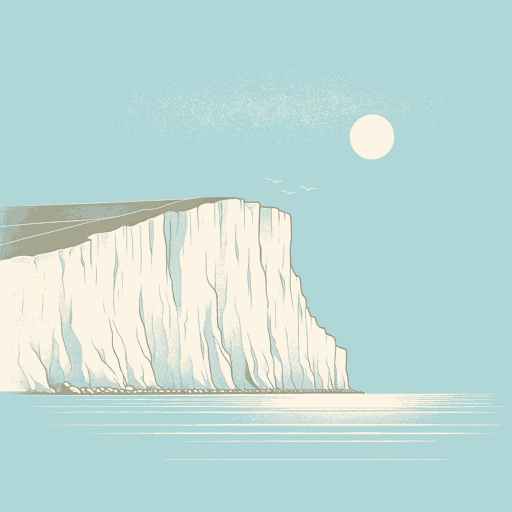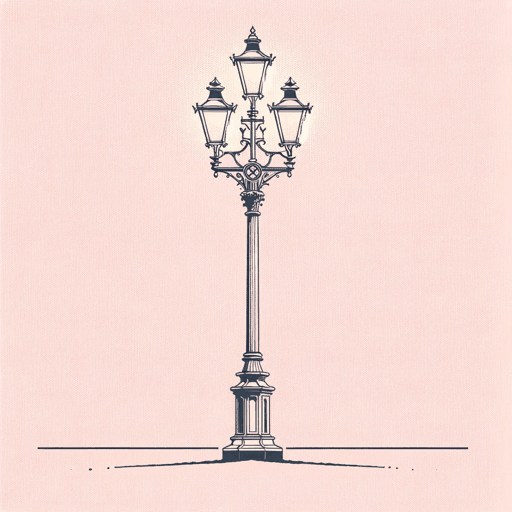25 pages • 50 minutes read
Matthew ArnoldDover Beach
Fiction | Poem | Adult | Published in 1867A modern alternative to SparkNotes and CliffsNotes, SuperSummary offers high-quality Study Guides with detailed chapter summaries and analysis of major themes, characters, and more.
Symbols & Motifs
Light, Dark, and Sound
Arnold begins “Dover Beach” with light and dark contrasts. It’s nighttime, but many things are visible because the moon is reflecting on the water and illuminating the coast of France and the White Cliffs of Dover:
The sea is calm tonight.
The tide is full, the moon lies fair
Upon the straits; on the French coast the light
Gleams and is gone; the cliffs of England stand,
Glimmering and vast, out in the tranquil bay (Lines 1-5).
The moon is bright, the white cliffs in moonlight are bright, the sea and sky are dark. Thus, the elements in the opening lines create an interplay of light and dark.
Yet quickly following these opening lines, readers are plunged into total darkness. When the speaker calls his lover over to the window, it is not to admire the sights but to listen to the sound of waves dragging pebbles across the beach. Instead of navigating by sight, by the end of the first stanza readers are navigating by sound.
Stanza 2 then invokes Sophocles (Line 15), the ancient Greek playwright who wrote Oedipus Rex, the tragic story of a man who stabs his eyeballs rather than look at what he’s done. After blinding himself, Oedipus must navigate the world using senses other than sight, including sound.
Related Titles
By Matthew Arnold




